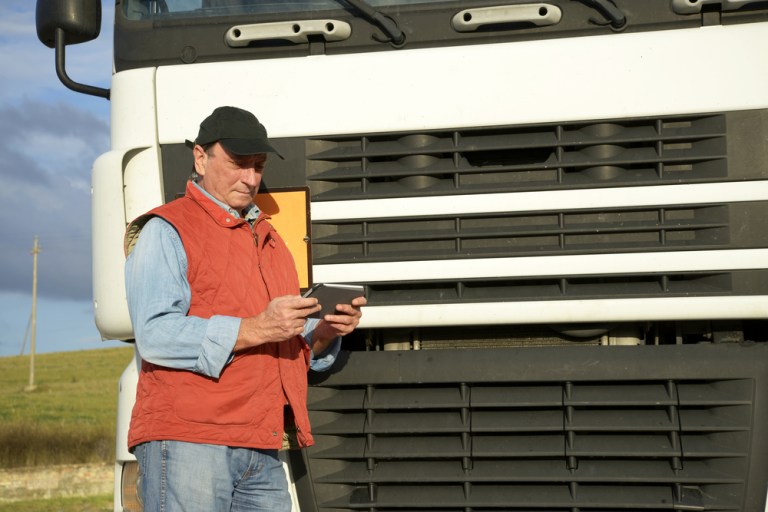“Drivers will get a faster, easier, intuitive payment experience,” said WEX Vice President of Product Peggy Watson in a statement. “Businesses will see less downtime for fueling and enhanced transaction security. DriverDash uses thumbprint or facial recognition to authorize and document the transaction, and drivers can only utilize the app upon receiving an invite from the fleet manager.”
The solution is live at Exxon and Mobil fueling stations in the U.S., WEX said, adding that it plans to add the capability at more service stations moving forward.
“We are excited to partner with WEX in accepting the DriverDash mobile payment app, for use with our proprietary EcconMobil fleet cards,” said Miguel Castillo, America’s Payments marketing manager at ExxonMobil Fuels and Lubricants. “This is a great addition to our fleet card benefits, and we look forward to continuously innovating with WEX to meet the evolving needs of our customers.”
Earlier this year, WEX added other enhancements to its fleet payments services. In April, the company announced the latest version of its ClearView tool, ClearView Snap, to provide a unified view of fleet spend analytics to managers. Earlier this month, WEX revealed that it secured a deal to issue Shell commercial fleet cards in the U.S. and Canada, with plans to launch its first later this year. Shell fleet customers will be linked to WEX’s fleet payments services when using Shell fleet cards, including its Shell Fleet Navigator Card and Shell Small Business Card, the companies said at the time.
WEX isn’t the only payments player focusing on fleet card innovation.
Advertisement: Scroll to Continue
Last month, Mastercard SVP of Digital Future Kiki Del Valle spoke with PYMNTS about trends in fleet payments, which traditionally struggle with manual recording of odometer and other data.
“It’s a recipe for drivers to make errors, and for fleet managers to overspend on fuel,” Del Valle said.

